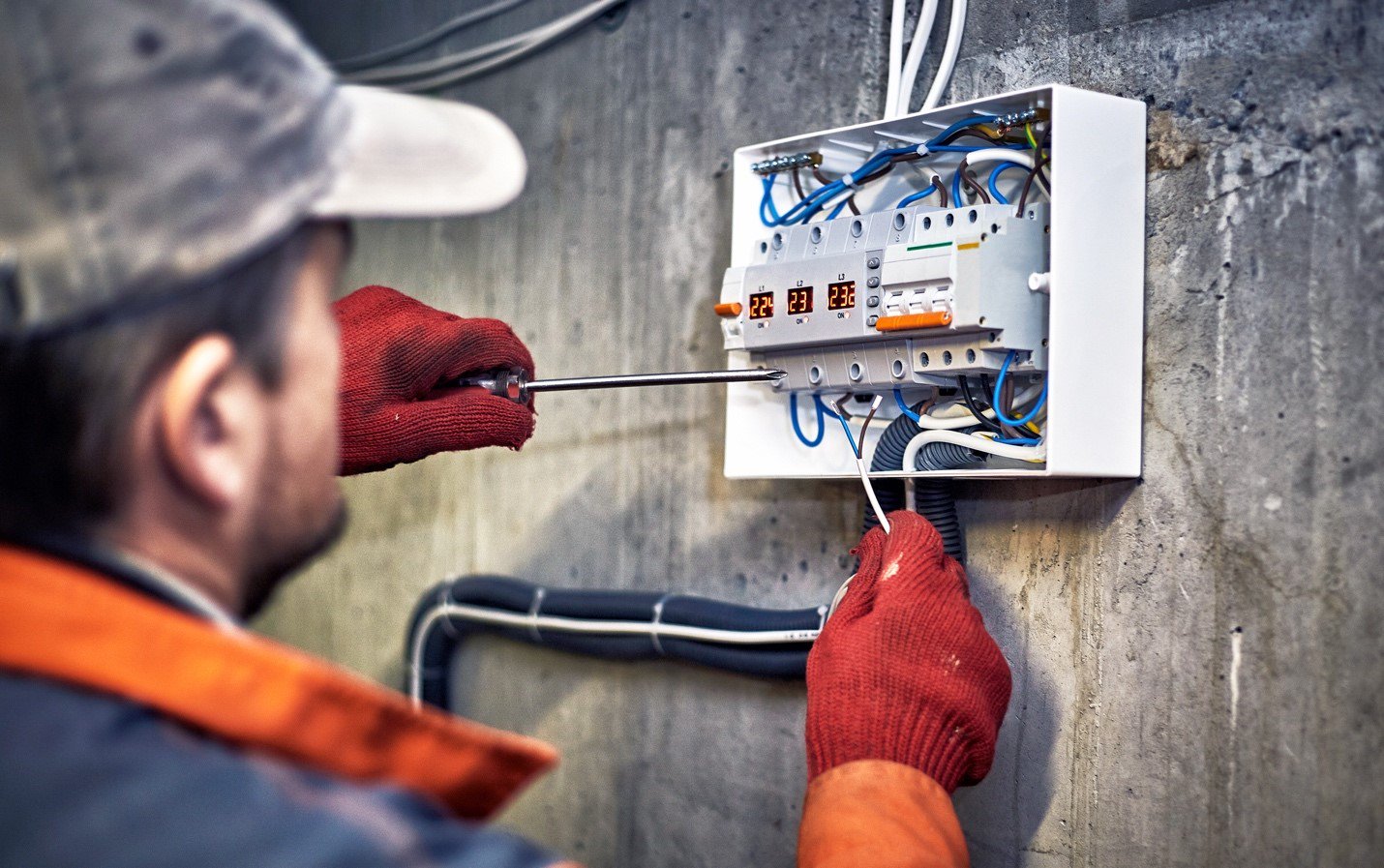What is a Trihedral Corner Reflector?

A type of passive radar target or reflector used in many applications, including radar systems, surveying, and communication is called a trihedral corner reflector. The ability to reflect electromagnetic waves, such as radio waves or radar signals, directly back toward the source, regardless of the direction from which the waves approach the reflector is a key characteristic of a trihedral corner reflector.
Radar testing is a meticulous and complex endeavor. As radars are active systems that rely on the reflections of objects stimulated by the radar signal emitted by the radar antenna. In order to properly calibrate and test a radar, there needs to be a known target behavior to use as a radar system calibration. This is one of the uses of calibrated reflectors or reflector calibration standards.
A trihedral corner reflector is fabricated to high precision to be precisely trihedral and of an exact edge length. Common edge lengths include 1.4 in, 1.8 in, 2.4 in, 3.2 in, 4.3 in, and 6 in. edge lengths. This is a relatively challenging feat of fabrication. The result is a corner reflector that are perfectly matched triangles with equal edge lengths. This structure presents a desirable reflection that is ideal for radar calibration, as these units can be placed at various azimuthal/horizontal angles and distances from a radar. As the reflection is a known pattern, these reflectors can be used to accurately calibrate a radar.
The size of the reflector impacts the radar cross section and the relative magnitude of the reflection that is reflected back to the radar source. This is why various sizes are used. A larger reflector will have a much larger radar cross section and relative magnitude than a smaller reflector. Relative distance or the size of the reflector is one method to control the magnitude of the reflection.
As with any RF calibration hardware, it is critical that the calibration standards remain pristine and are not degraded by environmental factors. This is why it is common to powder coat the outside of the corner reflectors to prevent corrosion. Internally to optimize the corrosion resistance and reflectivity, the insides of corner reflectors are often coated in gold chemical film finish. This type of finish exhibits minimal surface distortions and high conductivity for high reliability and exceptional signal reflectivity. To ensure proper placement of a trihedral corner reflector, it is important to be able to mount these reflectors on a tripod that can allow for precision alignment. Hence, it is common to have reflectors with common threaded holes that fit standard professional tripods.




